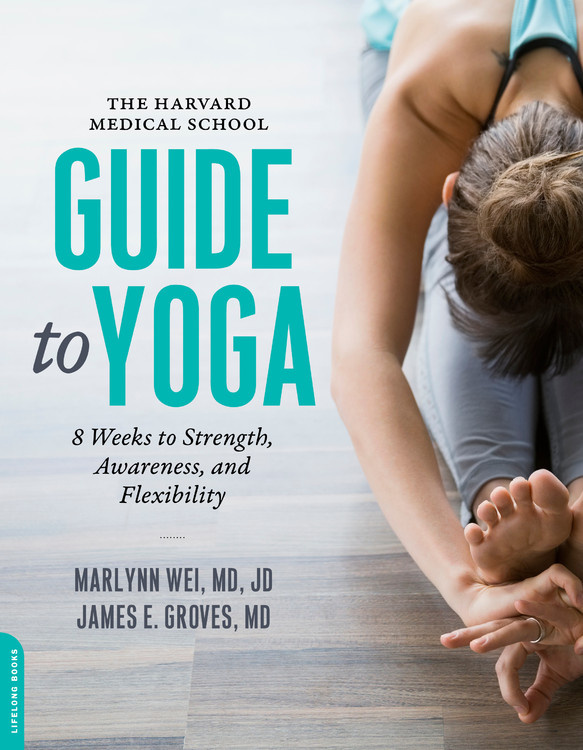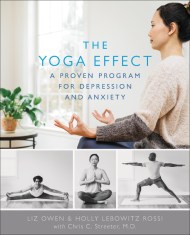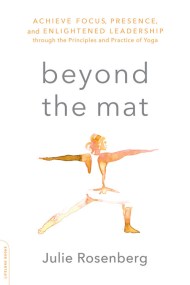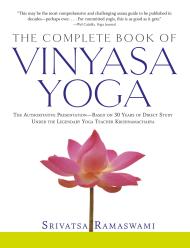Promotion
Use code MOM24 for 20% off site wide + free shipping over $45
The Harvard Medical School Guide to Yoga
8 Weeks to Strength, Awareness, and Flexibility
Contributors
By James E. Groves, MD
Formats and Prices
Price
$21.99Price
$28.99 CADFormat
Format:
- Trade Paperback $21.99 $28.99 CAD
- ebook $13.99 $16.99 CAD
This item is a preorder. Your payment method will be charged immediately, and the product is expected to ship on or around June 27, 2017. This date is subject to change due to shipping delays beyond our control.
Also available from:
Are you looking for a new health practice to enhance your day-to-day routines? Have you been interested in trying out yoga, but are too intimidated by the seemingly fancy and challenging poses? The Harvard Medical School Guide to Yoga is your guide to the true healing heart of yoga, sharing the techniques that Marlynn Wei and James Groves have used to tremendous success with their clients. In this simple, science-based eight-week program, you’ll learn about the countless benefits of this proven practice, including:
- Increased flexibility and balance
- Greater muscle and bone strength
- Improved sleep
- Better stress management and resilience
- Strengthened immune system
- Enriched brain health
- And much more!
Complete with illustrations, dozens of yoga breathing and meditation techniques, adaptable sequences, and principles of yoga safety, The Harvard Medical School Guide to Yoga will guide you to health and wellness.
Genre:
-
"The Harvard Medical School Guide to Yoga is a wonderful addition to the yoga library that helps bridge the gap between East and West. The yoga world has to clean up its act in order to find its deserved place in the world of medicine, and this manual is a necessary step. The practices and research are sound."Rodney Yee, internationally renowned yoga instructor
-
"Every so often a manual emerges from the sea of 'how-to' yoga books and startles by virtue of its eminent accessibility, its breathtaking comprehensiveness, its scientific underpinnings, its remarkable clarity, and its immediate applicability. Dr. Marlynn Wei and Dr. James Groves's The Harvard Medical School Guide to Yoga is just such a manual. Inspired and inspirational, this book includes a treasure trove of easy-to-follow illustrations of numerous yoga poses; it will be an invaluable resource for all students of yoga interested not only in toning their body and reducing their stress but also, more generally, in evolving their health to ever-higher levels of mental, physical, and spiritual well-being."Martha Stark, MD, author of Relentless Hope: Refusal to Grieve and six other award-winning integrative psychiatry books
-
"Wei and Groves are reaching out to you, inspiring, coaxing, and above all informing about the path you can take for health and wellness of your inseparable body, mind, and soul. The lessons contained herein are encyclopedic in scope, but the message is of a journey that lies ahead for you, within you, accessible and transformative. Whether needed to enhance well-being and facilitate recovery for those who suffer or are ill or just make this one life at once more peaceful, reflective, calm and energetic, The Harvard Medical School Guide to Yoga can be your itinerary."Jerrold F. Rosenbaum, MD, chief of psychiatry, Massachusetts General Hospital; Stanley Cobb Professor of Psychiatry, Harvard Medical School
-
"Marlynn Wei and James Groves have done the public a great service. They are physicians who've learned by acquaintance how yoga can be a powerful aid to health. Consequently, they have produced a thorough and very accessible guide replete with tables and summaries and simple drawings, which leaves the reader with an excellent grasp of this particular pathway to wellness."Gregory L. Fricchione, MD, director, Benson Henry Institute for Mind Body Medicine at Harvard Medical School
-
"It is amazing to me that yoga has become popular enough that professors at Harvard Medical School would publish a book on the subject. Giving people more information and helping them find their way is what I see as being the great purpose of a book on the subject of yoga. Blessings to Marlynn Wei and James E. Groves for helping make this Divine Knowledge available to you, and may all achieve success in yoga."Sri Dharma Mittra, creator of the Master Yoga Chart of 908 Postures
- On Sale
- Jun 27, 2017
- Page Count
- 336 pages
- Publisher
- Da Capo Lifelong Books
- ISBN-13
- 9780738219363
Newsletter Signup
By clicking ‘Sign Up,’ I acknowledge that I have read and agree to Hachette Book Group’s Privacy Policy and Terms of Use







